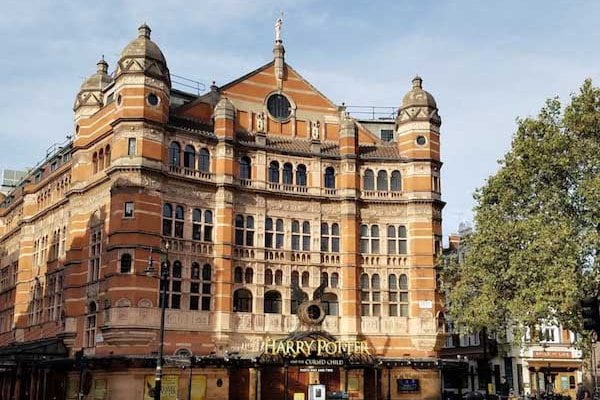Palace Theatre
Services: Woodworm Location: West End of London
The Palace Theatre in London is a long-standing example of British theatrical heritage and culture. Built in 1891, it has been at the heart of musical theatre and entertainment for well over a century. In its early days, The Palace was renowned for presenting some of the most popular variety acts from all genres, from opera to comedy. It was also the home of early musical theatre productions and revivals.
Over the years, it has seen some of the most notable stars from across the world perform on its stage, including Ella Fitzgerald, George Formby, and Bing Crosby. Today, it continues to be a major hub for entertainment in London's West End, hosting live music concerts as well as musical theatre productions. With its long and storied history, The Palace Theatre has remained a beloved landmark for generations of Londoners, who flock to its doors for an evening of unforgettable entertainment.
The Palace Theatre was previously bought by one Andrew Lloyd Webber in 1983 and refurbished in 1991. Today, this iconic building is owned by the Ambassador Theatre Group, which is responsible for renovating and maintaining the historic venue.

What We Found
Given its age and London's notoriously damp weather, it makes sense that this magnificent building would have seen some damage over the years. When our team arrived on scene, one of the first things they noticed was the woodworm infestation that was plaguing the timbers of the grand structure.
What Is Woodworm?
Before we delve into the topic of woodworm, let's discuss "Timber Treatment." This phrase is frequently used to describe the damage and deterioration that the timber in old buildings may be subject to; these structures are often built with an excessive amount of lumber—sometimes up to 75%.
To safeguard your home or business from damage caused by timber decayers and destroyers, it is important to take preventive action. Three of the most common culprits are dry rot, wet rot, and woodworm; each capable of causing significant destruction. Fortunately, our damp specialists are experienced in treating all types of structures, particularly older ones that require more meticulous care.
Woodworm is an extremely troublesome issue to face. Wood-boring insects, or woodworms, are known for their larvae that tunnel into timber and feast on it over a considerable period of time. These eggs deposited on the exterior of wood swiftly hatch with exposure to the atmosphere and initiate their journey across the timber structures.
Wood-boring insects can be catastrophic to wooden structures, and if the extermination process isn't completed properly, they will return. It's paramount that you consult with knowledgeable professionals who understand how to conduct a successful woodworm treatment and make sure these pests are eliminated permanently in order to safeguard your property.
How We Tackled the Wormwood Infestation
After the survey revealed the gravity of the situation, we quickly remedied it by removing all affected and damaged wood. We then treated all remaining wood with timber preservative to forestall any possible recurrence of infection. Finally, we replaced the timbers to guarantee an environment in which theatre operations could be carried out safely.
